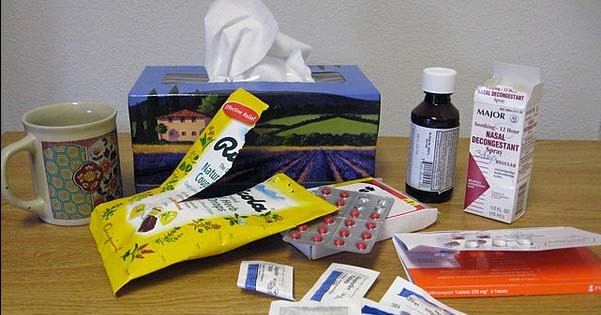
I’ve got a virus. Sore throat, fever, stuffed nose devolving into runny nose devolving into coughs devolving into sneezes—the flu. I’ve had to cancel my trip to Chicago, abandon the class I was teaching, remain indoors, stay in bed. Here in bed, I’m too stuffed up to sleep. Ach!
And what, I ask myself, is the nature of this invasion? Because, yes. I’ve been invaded.
A virus is not an organism. Certainly, it’s not a cellular organism. According to some biologists, it’s not even alive. According to other biologists, it is alive, sort of. It can’t replicate itself among its own kind. It can’t do anything by itself. It can’t eat or grow or die. It’s called an obligate parasite—to replicate itself it must invade a living cell and hijack that cell’s life-affirming chemistry and reproductive machinery. Does that make it alive? Crystals too, replicate themselves and nobody would call a crystal a living thing.
Whether or not viruses live, they are part of life. No organism on earth has yet been found that is not parasitized by one or another virus. A virion (a viral particle) is a bit of RNA or DNA enclosed in a protein shell, called a capsid. (Some viruses come with both a capsid and a membrane-like envelope.) Virions are everywhere. As Scott Freeman (Biological Science) puts it, there are 10 billion virions in one wine bottle filled with seawater—more virions in a wine bottle than there are persons in the world. As Carl Zimmer (A Planet of Viruses) puts it, there are more virions in the world than there are stars in the universe.
Each type of virus binds to one and only one type of living cell. A virus’s particular capsid—its particular protein shell—binds to the particular protein of its host cell. So you have viruses that attach only to liver cells (hepatitis) and viruses that attach only to T lymphocyte cells (HIV) and viruses that attach only to respiratory tract cells (flu), and so on.
Viruses infect by taking over the gene-expression apparatus of the cell. Gene expression produces the proteins that do the work of the body. DNA has the code. In a process called transcription, RNA rips the code from the DNA and translates the code into amino acids. The amino acids fold together to make proteins. A virus, being RNA, takes over this process so that more of itself is expressed. Once the virus has gotten itself replicated, that achoo! sends billions of new virions out into the world in search of new cells to parasitize.
Retroviruses reverse the usual direction of gene expression. A retrovirus is a strip of RNA that has an enzyme (a protein acting as catalyst) called reverse transcriptase. This RNA makes DNA, which is then inserted into the host’s genome. And there it sits, until stirred. When the host cell divides, the daughter cells carry the virus along. HIV is a retrovirus.
But all viruses are not bad. A certain percentage of our own genome is composed of ancient retroviruses that inserted themselves into the DNA of our ancestor organisms and that evolved, along with the rest of our DNA, into ourselves.
Where did viruses come from? It’s thought they originated more than once. Some may be genetic matter that escaped from cellular organisms early on. Some may be escaped plasmids—DNA molecules that float about in bacteria but are not part of their regular chromosomal DNA. Some may descend from RNA molecules that existed in the world before life evolved. Biologists speak of an RNA world—when there was a lot of RNA around (just a molecule, just a packet of chemistry), but no life. It’s likely that one of these molecules found a way to replicate itself and then a way to enclose itself in something that became a membrane. It’s likely, in other words, that one of these RNA molecules became a living cell.
Looked at this way, with no thanks at all to my flu virus, we probably have a virion to thank for life on earth—to thank for ourselves.

